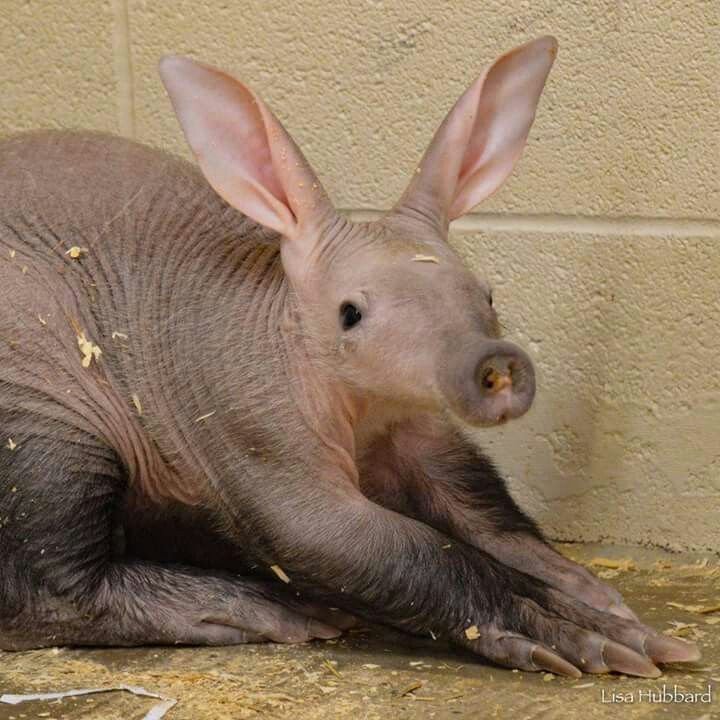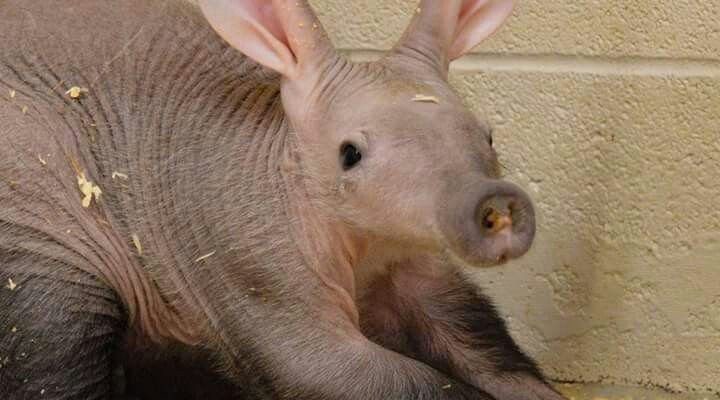
Imagine the aardvark as the unsung hero of the African savanna. Like a gardener, it digs deep into the earth, hunting for ants and termites, and in doing so, it helps aerate the soil and keep the ecosystem thriving. This blog dives into the various roles the aardvark plays, how they interact with their environment, and why their presence is significant to other wildlife. So, grab your favorite drink, and let’s explore the aardvark’s world!
What Exactly Is an Aardvark?
Let’s kick things off with a simple introduction. The aardvark (Orycteropus afer) is a nocturnal mammal native to sub-Saharan Africa. These creatures are unique, both in appearance and behavior. With a long, slender body, powerful claws, and a tongue that can stretch up to 12 inches, aardvarks are perfectly adapted for digging into termite mounds and ant hills. They average about 4 feet long and can weigh anywhere from 60 to 140 pounds.
Honestly, their name comes from an Afrikaans word that means “earth pig.” This nickname reflects their burrowing habits and diet, as they primarily feast on insects. You might be wondering how such a seemingly strange animal fits into the broader picture of its environment. Well, let’s get into it!
Why Are Aardvarks Important for Soil Health?
Aardvarks essentially act as nature’s tillers. When they dig for ants and termites, they break up hard soil, allowing air and water to penetrate the ground better. This process is vital for plant growth.
Think of the aardvark as a natural aerator. Without these creatures, soil can become compacted and less hospitable to various life forms. When aardvarks dig, they create small tunnels and burrows that can house other animals. These burrows provide shelter and create a diverse habitat for a range of species, enhancing the overall biodiversity of the area.
Moreover, their digging habits can promote the growth of vegetation by allowing roots to access nutrients and water more efficiently. It’s like when you loosen up heavy clay soil before planting flowers; the aardvark does the same thing for the ecosystem!
Aardvarks and Their Role in Pest Control
You might be surprised to learn that aardvarks are some of nature’s most effective pest controllers. By feeding on ants and termites, they help manage these insect populations. This is important because, left unchecked, these insects can damage crops and contribute to soil degradation.
As each aardvark can consume thousands of insects in one night, this dietary habit significantly impacts the surrounding environment. It prevents the overpopulation of pests and helps keep the ecosystem in balance.
Also, the consumption of pests poses a fascinating cycle for the environment. When aardvarks hunt, they not only feed themselves but also contribute to the health of local flora. Healthy plants mean better habitats for other animals, leading to a more robust ecosystem overall.
The Aardvark’s Relationship with Other Wildlife
In the grand tapestry of the ecosystem, aardvarks are intertwined with various other species. Their burrows provide safe havens for animals like snakes, rodents, and other mammals, creating a rich community.
Interestingly, many animals will take advantage of abandoned aardvark burrows. For instance, hyenas and jackals often use them as dens to give birth and raise their young. It’s like how a cozy apartment helps families thrive—these burrows create a foundation for life.
Additionally, aardvarks’ foraging habits indirectly benefit larger predators. As they disturb the soil while searching for food, they might inadvertently expose smaller creatures, making it easier for alert predators to catch a meal. It’s a delicate balance, showcasing the interconnectedness of life in the savanna.
Threats Facing Aardvarks
Despite their impressive adaptability, aardvarks face significant threats. Habitat loss due to agriculture, urbanization, and climate change has drastically reduced their range. As communities expand, the natural habitats these animals rely on are increasingly compromised.
Additionally, aardvarks are sometimes hunted for their meat, and their unique skin is believed to have medicinal properties in some cultures. These pressures can lead to declining populations, which is concerning for the delicate ecosystems they help support.
Preserving aardvark populations is crucial for maintaining the health of their habitats. Without them, the benefits they provide, such as soil aeration and pest control, could diminish, leading to broader environmental issues.
Conservation Efforts for Aardvarks
Due to their declining numbers, various conservation efforts are now underway to help protect aardvarks and their habitats. Organizations are focusing on habitat preservation and raising awareness about the importance of these unique creatures.
Protecting their native landscapes ensures that aardvarks can continue their essential roles. Efforts include creating protected areas where they can thrive without human interference. Additionally, education programs aim to inform local communities about the benefits of preserving aardvarks and their ecosystems.
You might be wondering how you can help. Simple actions, like supporting wildlife conservation organizations or participating in community outreach programs, can contribute to protecting aardvarks and their habitats. Together, we can make a difference!
In conclusion, the aardvark’s role in its ecosystem stretches far beyond its quirky looks. By digging, foraging, and maintaining the balance of their environment, these fascinating creatures contribute significantly to the health of their habitats. From aerating the soil to controlling pest populations, they are integral players in the larger ecological dance.
As we learn more about the aardvark, we begin to appreciate these unsung heroes. By understanding their importance and working towards their preservation, we ensure that the delicate ecosystems in which they thrive continue to flourish for generations to come. So, the next time you hear about an aardvark, remember—it’s not just a peculiar animal; it’s a key player in the intricate web of life.

